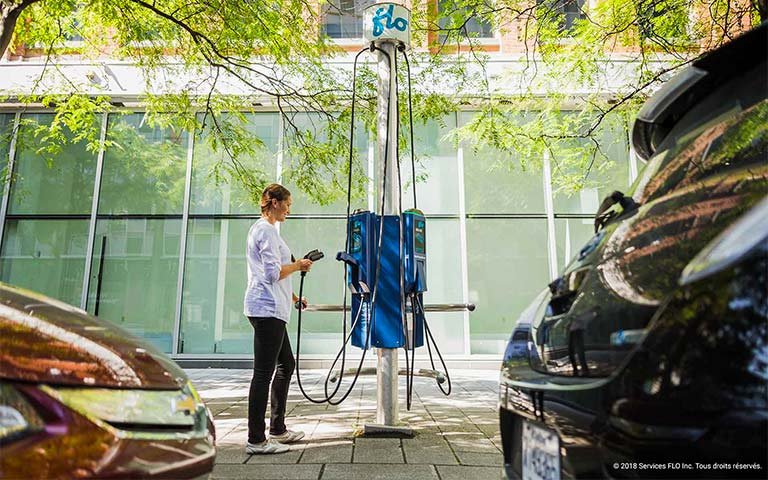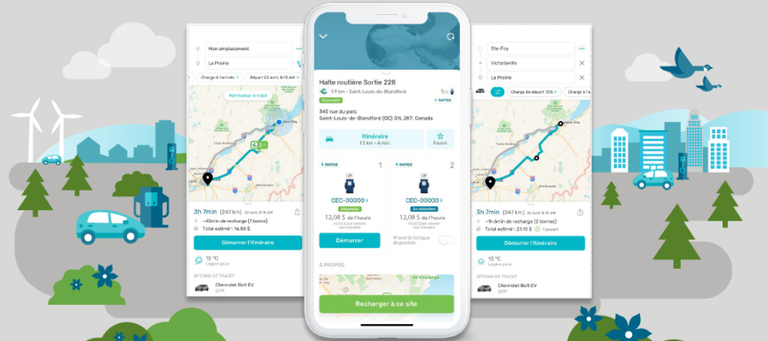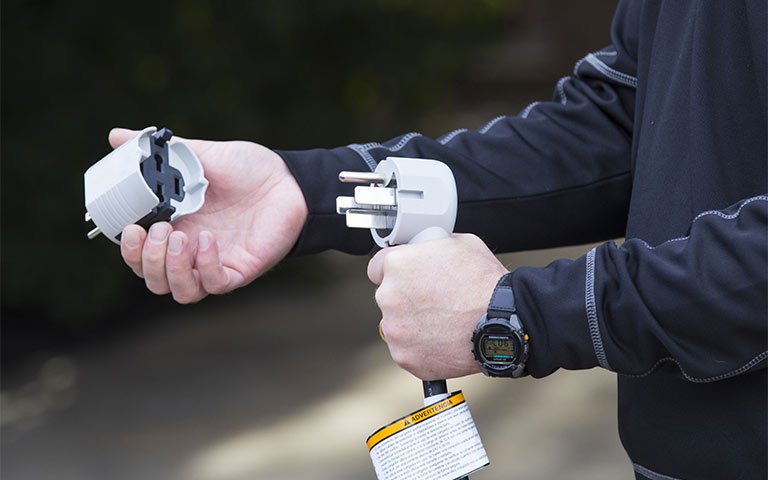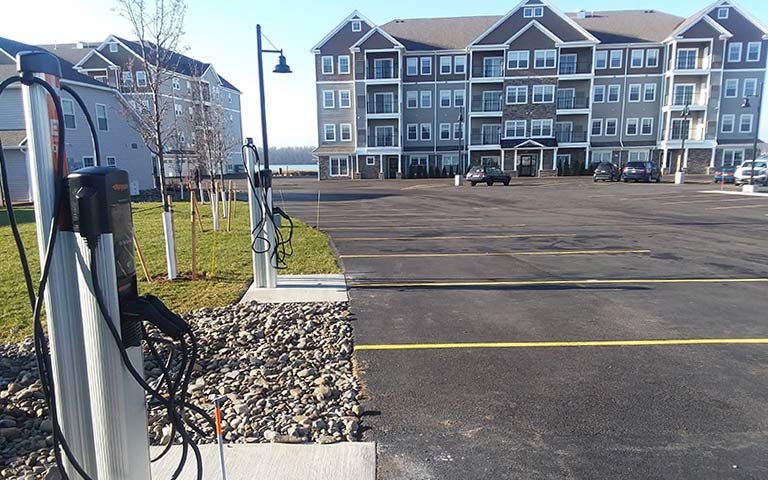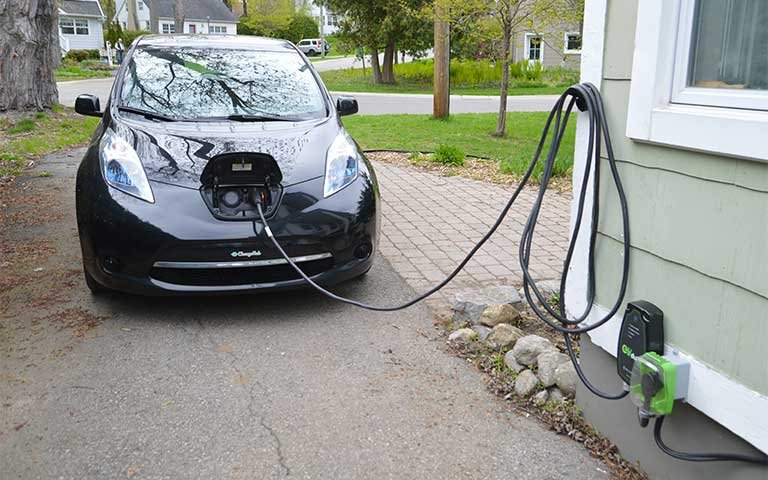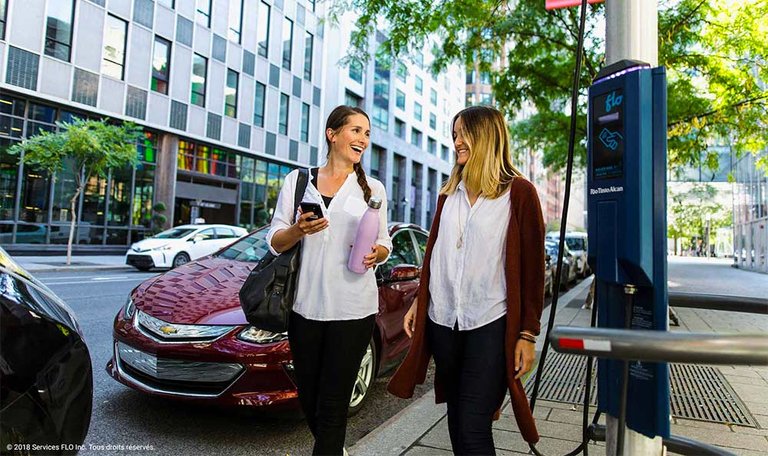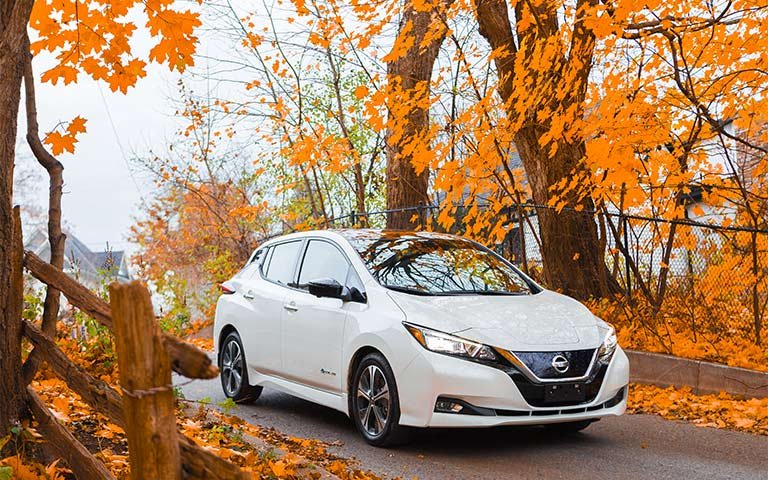Range and charging
Once plugged in, the electric car charges on its own just like a cellphone; no monitoring needed. When charging is done mainly at home, the battery is full every day. When travelling, EV drivers can rely on public charging networks. An increasing number of employers now provide charging stations at work.
